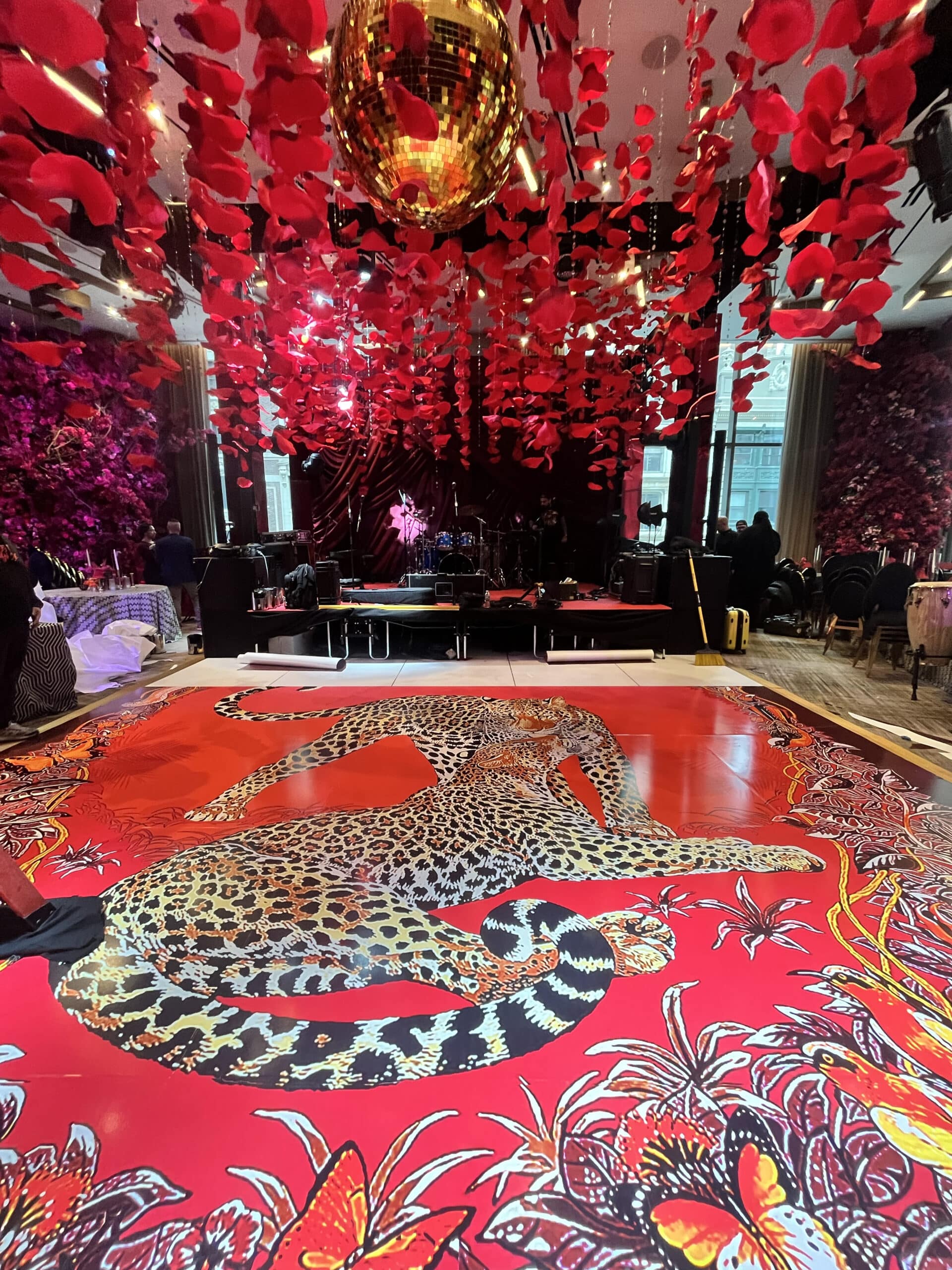Investigating the Diverse Substances That Transform Dance Surfaces into Breathtaking Visual Displays
Wiki Article
Movement surfaces have developed considerably over the decades, becoming more than just a space to dance to music. Currently, they are transformed into stunning visual encounters through the use of multiple substances and techniques. These substances not only enhance the aesthetic appeal of the area but also improve the overall experience for dancers and spectators alike. Comprehending the flexible substances that contribute to these dynamic environments can offer insight into the art of dance floor design.
One of the primary frequent substances used in modern dance floors is light-emitting diode lighting. Light-emitting diode lamps are energy-efficient and can produce a wide variety of hues and effects. They can be integrated in the floor itself or used as part of a illumination setup over the dance floor. This innovation allows for synchronized light shows that can change in reaction to the melodies, creating an immersive experience. The ability to configure these lights means that they can be tailored to match different concepts or moods, making each occasion distinct.

Another crucial material is mirror-like surfaces, such as mirrors or polished tiles. These surfaces can create an deception of space and dimension, making the dance floor appear larger than it actually is. When dancers dance, their images can add an additional layer of visual appeal, enhancing the complete performance. Additionally, reflective surfaces can interact with lighting impacts, amplifying the colors and designs displayed on the floor. This fusion of light and mirroring can captivate spectators and elevate the vitality of the occasion.
In furthermore to lighting and mirror-like materials, the use of electronic screens has grown increasingly common in dance floor creation. These screens can display lively visuals, graphics, or even live feeds of the show. By incorporating digital innovation, event planners can create a multi-sensory experience that involves both the performers and the audience. The capability to alter visuals in actual time allows for a dynamic environment that can adapt to the rhythm and vitality of the melodies, making each instance feel fresh and thrilling.
Furthermore, the selection of surface material itself plays a crucial role in the complete encounter. Traditional wooden dance floors are still favored for their strength and performance qualities. However, newer substances like synthetic and rubber are gaining favor due to their versatility and simplicity of care. These materials can provide better shock absorption, minimizing the chance of injury for dancers. Additionally, they can be designed with multiple textures and hues, allowing for creative expression in the dance floor's look.
In summary, the transformation of dance floors into breathtaking aesthetic experiences relies on a combination of creative substances and technologies. LED illumination, mirror-like surfaces, digital screens, and customized flooring substances all contribute to creating an navigate to this web-site engaging setting for performers and spectators. As technology continues to progress, the possibilities for enhancing dance floor design will only grow, making upcoming events even more enthralling and unforgettable. Understanding these materials helps value the craftsmanship involved in creating spaces where dance and melodies come together in harmony.